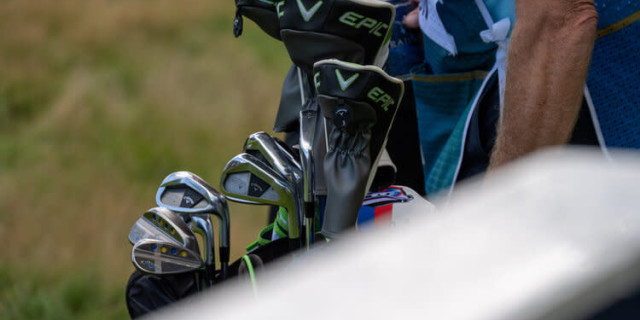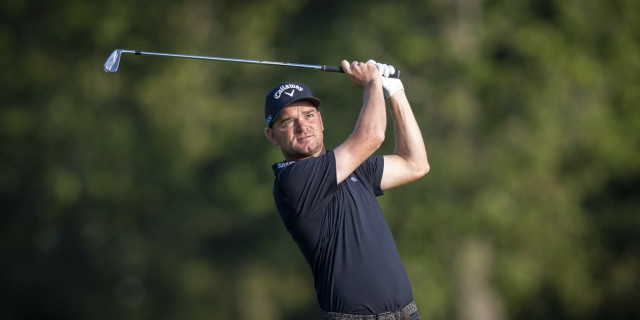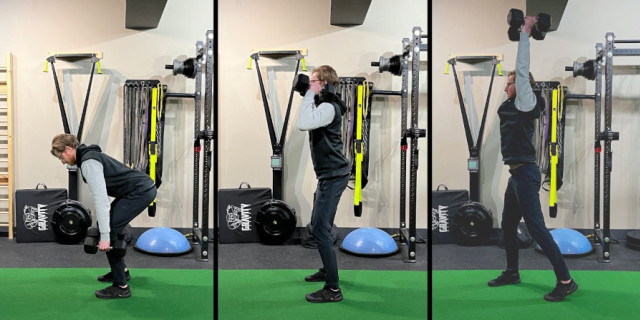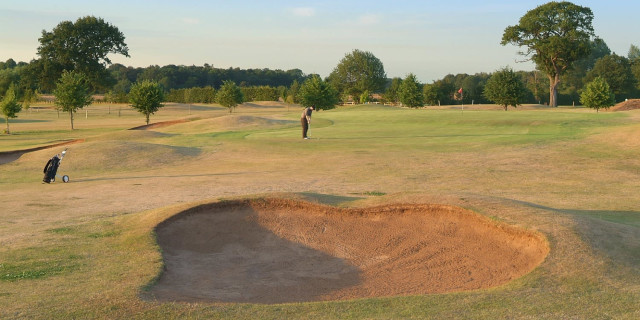
How to Fill The Top End of Your Golf Bag
The modern golfer has more choice than ever before with how to make up their 14-clubs. Whether you’re a traditionalist that likes to play a standard fairway wood and long-iron combination, or somebody that might appreciate a touch more help; allow us to walk you through some of the options that are now available to all of us as we look to fill the top end of our golf bags.
The Starting Point
When considering the makeup of the top end of your golf bag your starting point should be to identify the longest iron you feel comfortable hitting. With the decrease in lofts within iron sets, what was once a 3-iron could easily be a modern day 5-iron, something tougher for those without significant speed to launch correctly. If this sounds familiar, you should perhaps be looking to drop some of these irons in favour of something more forgiving; although golfers should always take into account where they play the majority of their golf, as a low, running 5-iron might be just the ticket for somebody who predominantly plays on wind-blown links courses!
Helpful Hybrids
The advent of the hybrid, or rescue club, was one of the most significant introductions into the sport over the past couple of decades. Designed to launch the ball high, and with much more forgiveness than in a similarly lofted iron, these clubs have even found their way into the bags of the world’s best players. Often built with graphite shafts to help generate more speed, their wider soles also make the clubs playable from a wide variety of lies - with many golfers also opting to use them around the green (notably Todd Hamilton on his way to winning The Open).
Loft is an important consideration with hybrid clubs so as not to create a large gap between your hybrid and your longest iron. With #2, #3, #4 & #5 hybrids all varying in loft (even between models by the same manufacturers), it’s important that you test out which is best suited for your own swing; keeping in mind that there is no reason why a hybrid-shaped club should be limited to this section of the bag, with many companies now offering entire sets of hybrid-irons!

(Image Credit: Kevin Diss Photography)
The Humble Fairway Wood
The long-serving (suffering?) Fairway Wood, find a good one and it just might stick with you for years - just ask Henrik Stenson. Once you’ve considered what club you’d like to follow your longest iron, we’d suggest jumping to the other end by taking a look at what is the lowest-lofted Fairway Wood that you need in your bag. Again, this will differ by golfer, with no right answer. Things to consider include; do you use it off the tee often? Do you only use it on approaches to greens? Do you prefer to hit the ball high or low? How far would the club ideally go?
Certain golfers like to have a stronger Fairway Wood amongst their arsenal, ideal for lending a helping hand off the tee, or for going as far as possible from the deck. This is true for both elite and higher handicap golfers, with handicap itself no indication of what loft will be right for you. Others look at a something which can help the ball land softly on longer holes.
Standard #3-woods tend to be in the region of 15-degrees, usually around 5-degrees higher than a driver, and perhaps 5 or 6-degrees lower than a standard 3-iron. As a result, those with enough room left in their bags might want to slotting in a club or two either side … but what to add?
The Higher Lofted Wood
The past couple of seasons have seen a shift back towards higher-lofted Fairway Woods, with the likes of Dustin Johnson and Justin Thomas utilising #9 and #7 woods respectively! These allow for a soft landing into Par-5s, and can be an obvious choice for those with shallower angles of attack who shy away from hybrid clubs (which are more typically struck with a descending blow - like an iron). The club golfer might opt for the more common #5-wood, usually coming in at around 18 or 19-degrees, but be sure to test it out first against your longer Fairway Wood, as many golfers may find these two clubs going a similar length if they’re unable to generate sufficient speed to maximise the lesser-lofted Wood.

(Image Credit: Kevin Diss Photography)
Stingers Anybody?
Another recent trend has seen the introduction of specialist #2 and #3-irons, designed to hit the ball low from the tee, but with a touch more forgiveness than a traditional iron head. Often equipped with a graphite shaft for increased speed, these clubs provide a fantastic option for golfers looking for a ‘fairway-finder’, particularly on windy courses. However, be aware, that the lack of loft on these clubs can make them tricky to hit well regularly, and many golfers might see more success from a similarly-lofted ‘power-hybrid’.
A Mini Section of the Market
The last option to consider is that of a mini driver. TaylorMade and Callaway have led the way over recent years in offering these clubs which typically come with slightly more loft than a traditional driver, coupled with a shorter shaft for increased consistency. Their smaller head shapes mean that they can also be used from the deck where necessary, although we’d advise checking out a 13 or 14-degree option if your plan is to use the club in this way regularly.
Related Content
Tags: GOLFERS Golf daily picks









